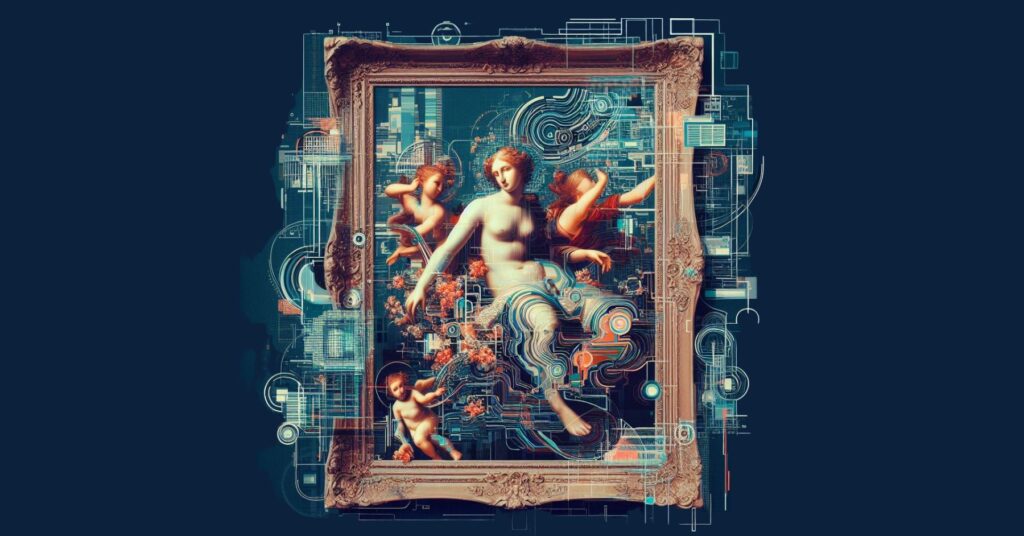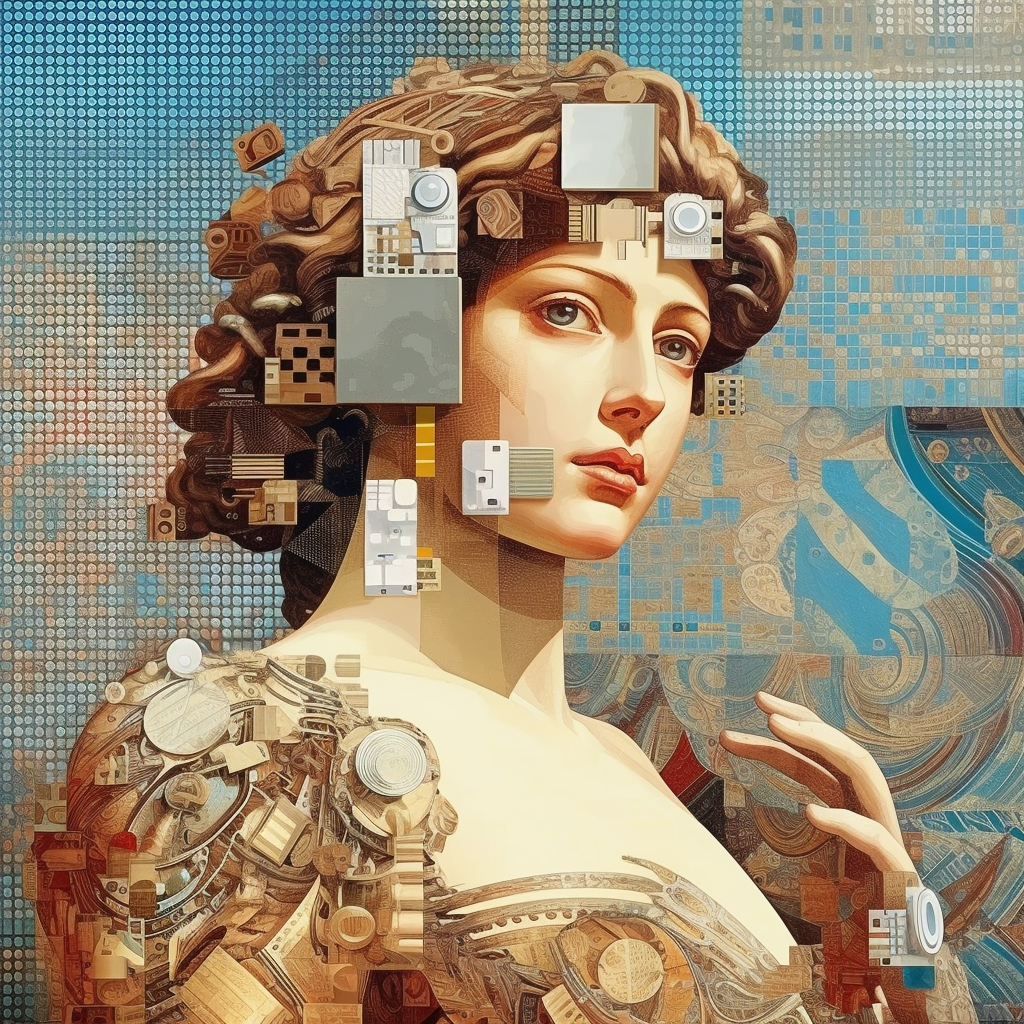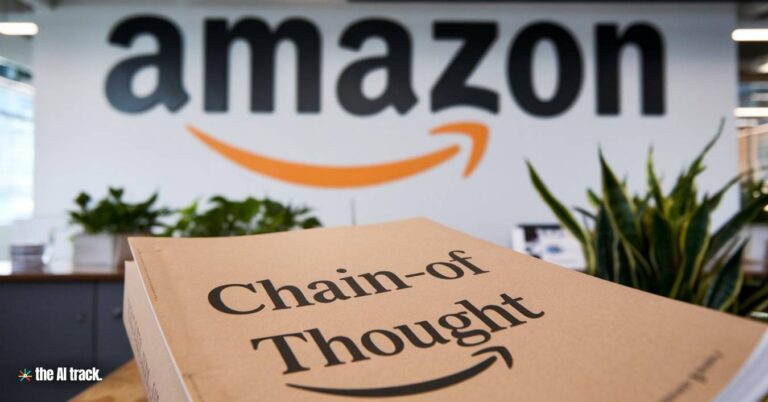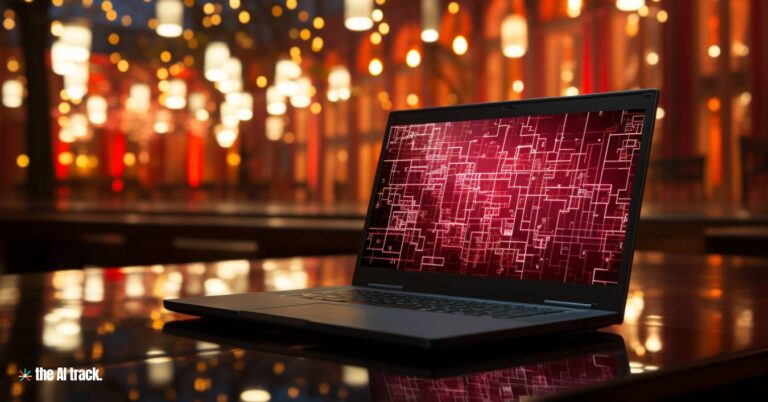Jump to Sections
How Technological Progress Reinforces the Authenticity of Human Artistry
The rapid evolution of generative AI models has ignited a global conversation about the intersection of technology and art. While some herald AI as the next frontier in artistic creation, others express concerns about its implications for human artists. The William Morris effect, rooted in the Arts and Crafts movement of the late 19th century, offers a historical lens through which we can examine this modern dilemma. This effect underscores the timeless value of human touch in art, suggesting that no matter how advanced AI becomes, human artistry will always occupy a unique and irreplaceable niche.

The William Morris Effect: A Historical Lens
Origins and Influence
The late 19th century witnessed a seismic shift in art and design, primarily driven by the industrial revolution. Amidst this backdrop, William Morris emerged as a beacon of resistance against mass production. His emphasis on handcrafted designs wasn’t just a stylistic choice; it was a statement against the dehumanizing effects of mechanization. Morris’s influence wasn’t limited to Britain; it rippled across continents, shaping tastes and preferences for generations.
Technological Progress and Aesthetic Evolution
Every major technological advancement brings with it a set of challenges and opportunities. The Industrial Revolution, while making production efficient, sparked a debate about quality versus quantity. The William Morris effect is a testament to society’s ability to recalibrate its tastes, often leaning towards authenticity and individuality in the face of mass production.
luctus nec ullamcorper mattis, pulvinar dapibus leo.

AI and Art vs Human Art: A Modern Dilemma
The AI Art Revolution
Today, we stand at a similar crossroads with the rise of AI in art. Generative models can produce artworks at a pace and volume unimaginable for human artists. But does quantity overshadow quality? And can AI, with all its algorithms and data, capture the essence of human emotion?
The Human Touch in Art
A study from University College London revealed an innate human bias towards artworks believed to be human-made. This bias isn’t just cognitive; it’s deeply emotional. Art, for many, is an expression of the human experience, and knowing that a piece of art emanates from a human source adds layers of meaning and connection.
The Future of Art in the AI Era
Embracing AI Tools
The future isn’t about choosing between AI and human art; it’s about synergy. Just as painters once embraced photography, modern artists can harness AI to enhance their creations. However, the soul of the artwork will always be human.
The Quest for Authenticity
As AI models become more sophisticated, there will be a renewed emphasis on authenticity in art. The narrative behind a piece, the artist’s journey, and the emotions embedded within will become paramount. In this landscape, AI can be a tool, but the storyteller will always be human.
Conclusion
The debate about AI’s role in art is just beginning. As technology continues to evolve, so will our perceptions and preferences. However, if history, as seen through the William Morris effect, is any guide, human artistry will always find its place, cherished for its authenticity, emotion, and unique ability to capture the human experience.
Key Takeaway
- The William Morris effect highlights the cyclical nature of art and technology, emphasizing the enduring value of human touch.
- AI presents both challenges and opportunities for the art world, but it cannot replicate the depth of human emotion and experience.
- The future of art will likely be a fusion of AI tools and human creativity, with an ever-increasing emphasis on authenticity, narrative, and individual vision.




